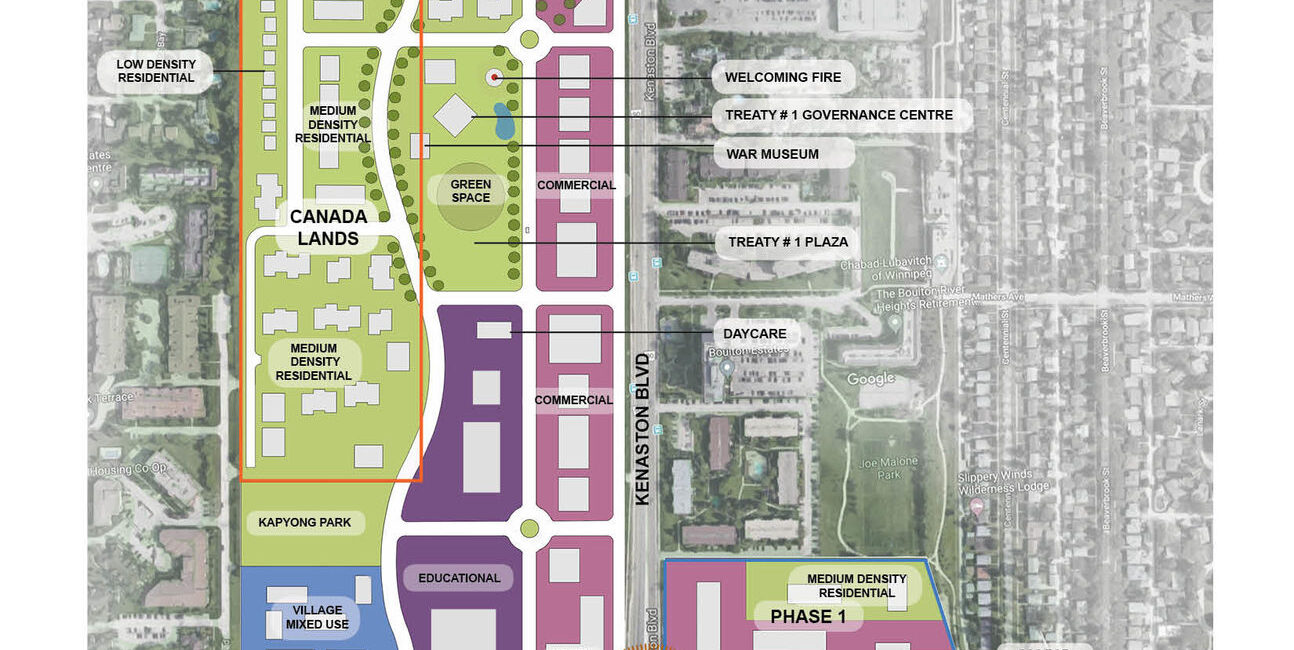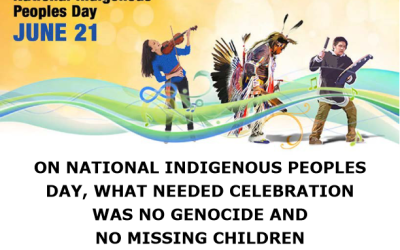Manitoba’s Treaty One First Nations proudly announced work has started on the former Kapyong Barracks in south end Winnipeg. The site will house commercial activity and is touted as Canada’s largest urban reserve.
An urban reserve is land acquired by a First Nation and given federal reserve status.
The 109-acre property – called Naawi-Oodena – will generate revenues and economic opportunities for First Nations.
First Nations coming together, acquiring lands and seeking opportunities is great news. So far so good.
The problem is these lands become reserves.
But aren’t all lands held by First Nations reserves?
Well, no.
First Nations can control lands that are not reserves. Some First Nations hold title to lands in fee simple, the most secure and economically flexible form of property ownership.
First Nations communities holding lands collectively is not the problem.
The problem is Ottawa holding land in trust for a First Nation and subject to federal control. That is a reserve.
Reserves have deep roots in Canada, but there is nothing pre-ordained about them. They certainly did not originate within Indigenous societies. Reserves are how colonial governments prevented First Nations from losing lands to speculators and settlers.
Attacking this patronizing system is not attacking First Nations. It is about supporting Indigenous independence.
Urban reserves facilitate bands taking advantage of economic opportunities far from their non-ideal locations. Ottawa’s long and complicated Additions to Reserve (ATRs) policy creates urban reserves. In the past, municipalities opposed them due to tax exemption concerns, but municipalities now sign agreements with bands where they pay service payments in place of lost taxes.
Urban reserves allow bands to overcome location problems that are a legacy of colonization, but unfortunately, urban reserves are subject to systemic economic limits.
Despite great potential, urban reserves are still reserves.
Manny Jules, chief commissioner of the First Nations Tax Commission, told a parliamentary committee in 2012 that ATRs had limits within the productive economy.
So, although all evidence suggests Naawi-Oodena will be productive and make great money, there are limits as compared to being owned outright.
Secure and robust fee simple ownership makes buying and selling land much easier and straightforward.
Allowing non-Indigenous partners to have joint interest in land makes for easier third-party investment and partnerships with mainstream investors. Reserve land can’t be used as collateral so raising capital is challenging.
Federal meddling has costs.
Finally, despite appearing outwardly independent, urban reserves continue federal paternalism. If First Nations seek complete freedom, they should aspire to abandon reserves in any shape. Urban reserves – despite benefits – perpetuate the colonial reserve system.
Fortunately, First Nations have a choice as they can outright own new lands.
Canada’s modern treaties moved communities away from the reserve system but with limits.
In 1971, Alaska Indigenous tribes signed an agreement where they extinguished rights in exchange for full control over millions of acres of land and a generous cash settlement. Alaska Natives have no reservations and no Bureau of Indian Affairs control.
A forthcoming Frontier Centre study examines the Alaska experiment in abandoning the reservation system. Canada can learn from Alaska.
Until First Nations abandon reserves, urban reserves certainly help First Nations develop economically. However, urban reserves should open a wider conversation about moving away from reserves.
Joseph Quesnel is a Senior Research fellow with the Frontier Centre for Public Policy.who is Quebec Metis by heritage.



